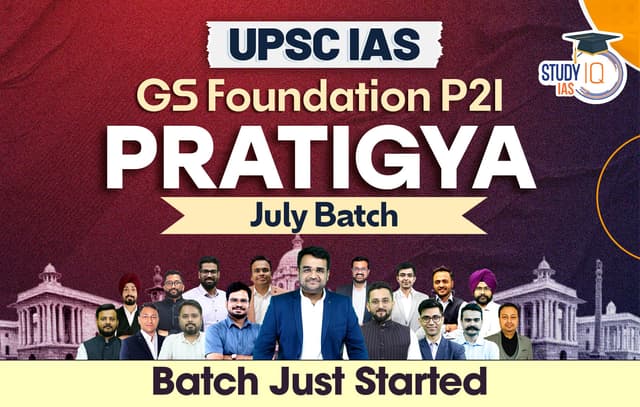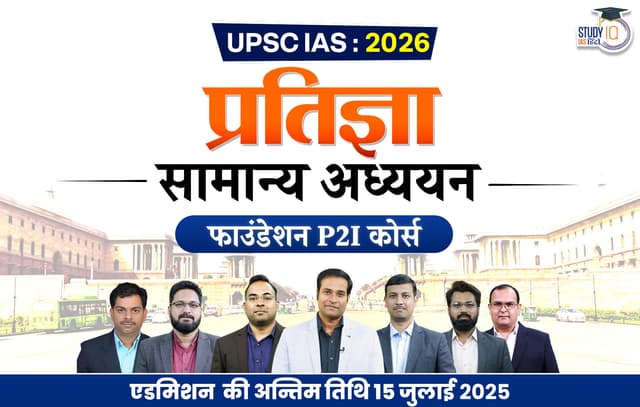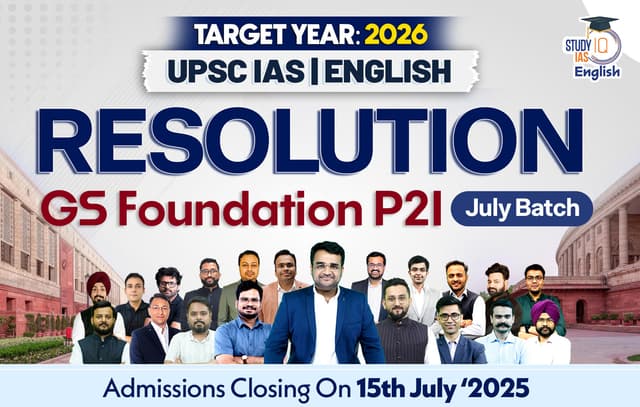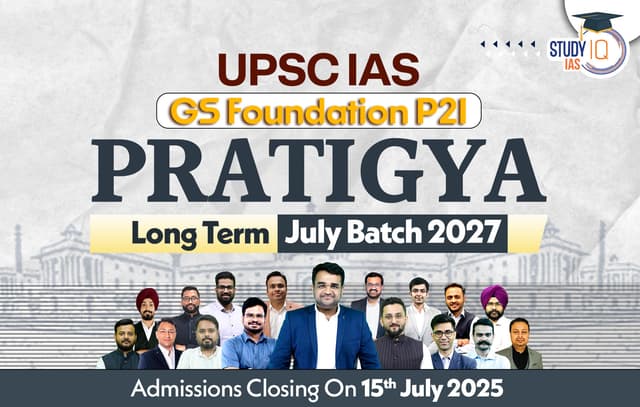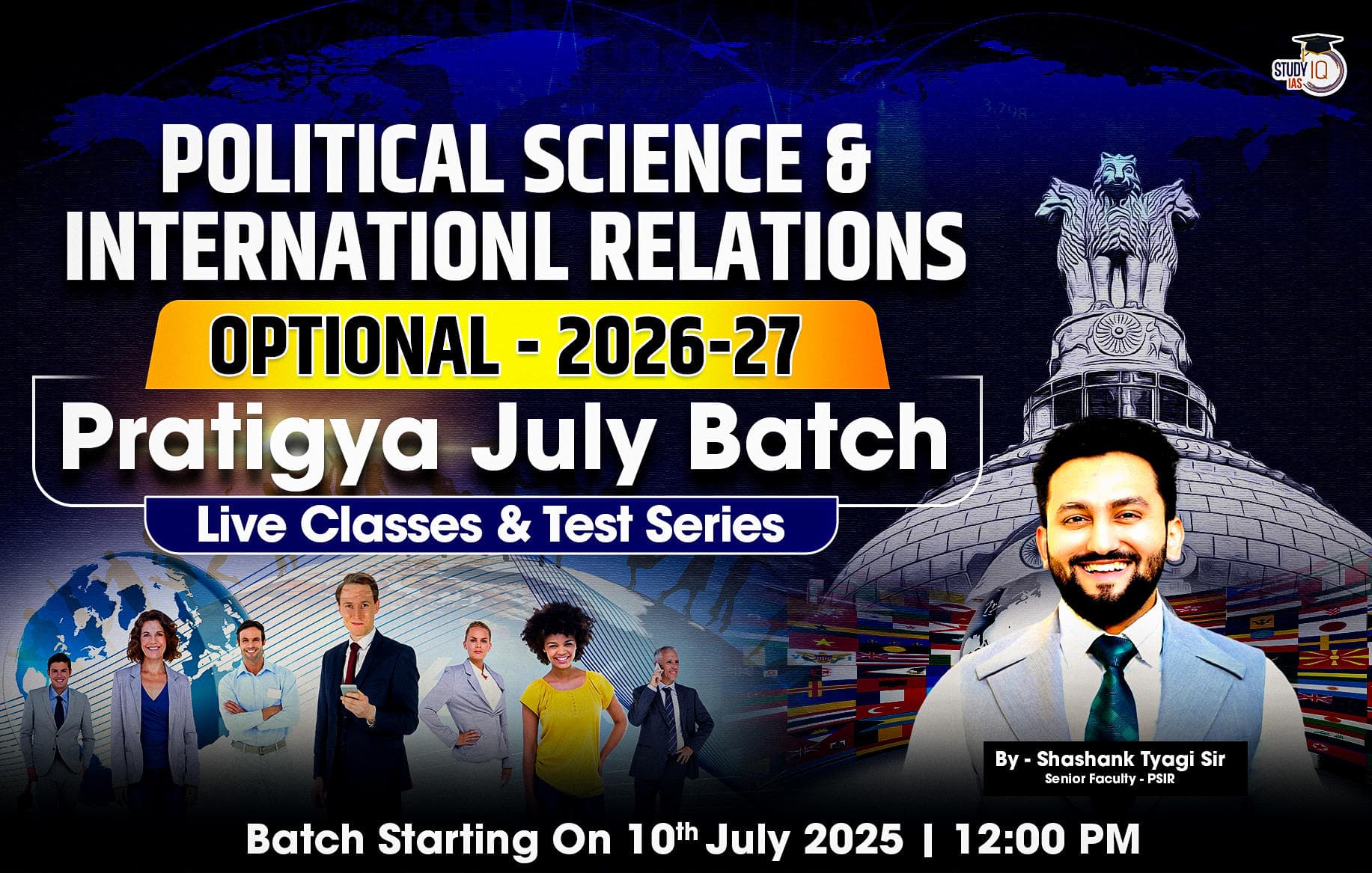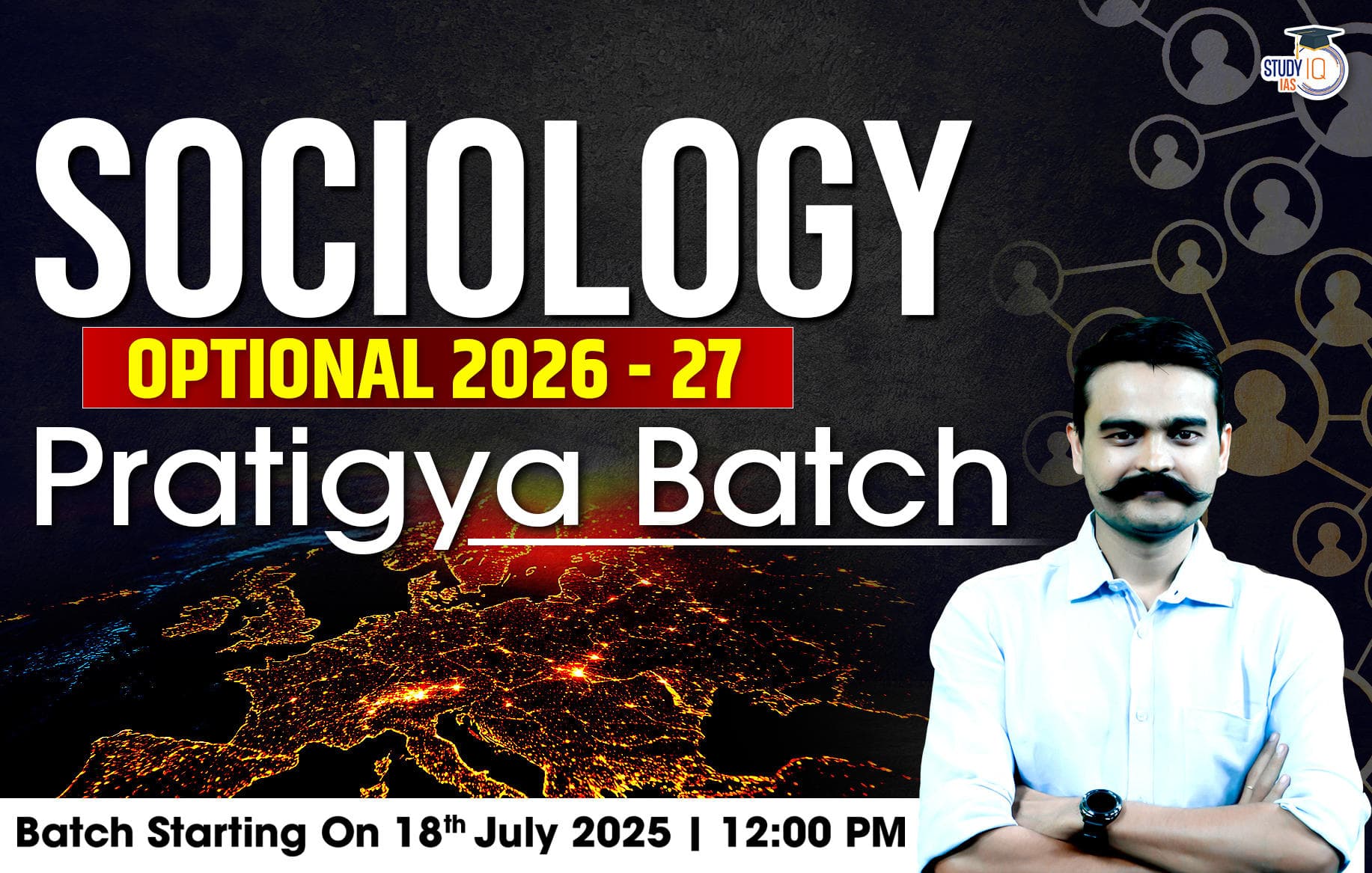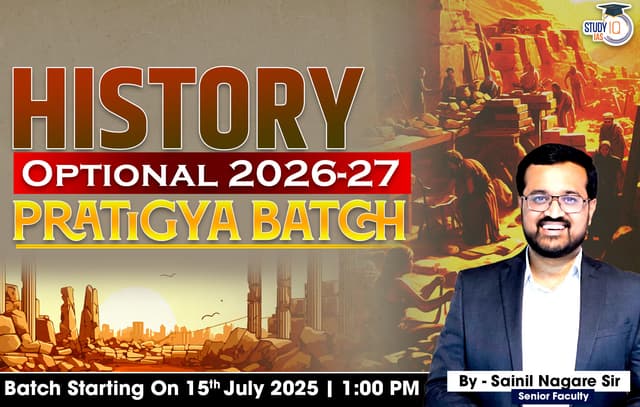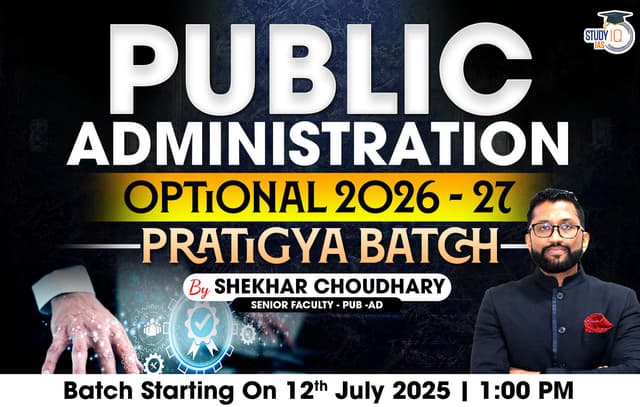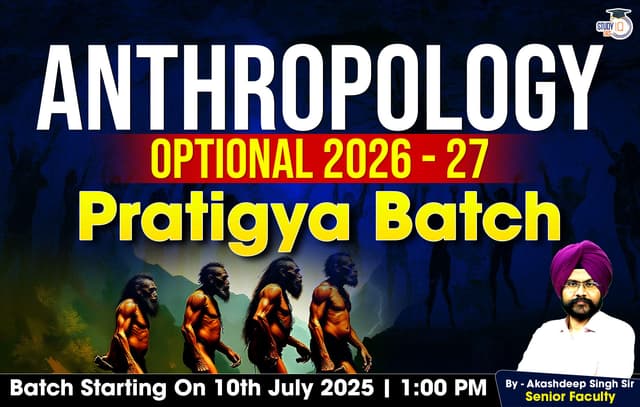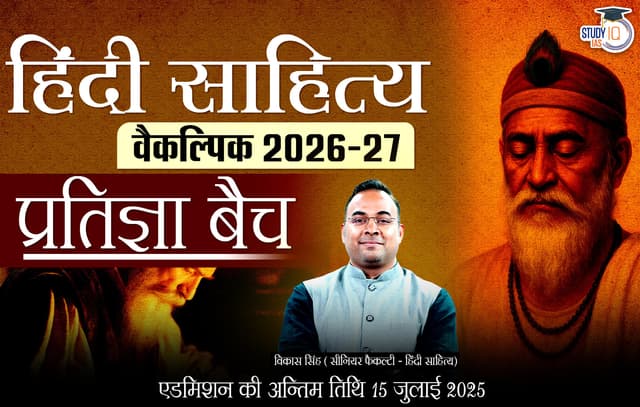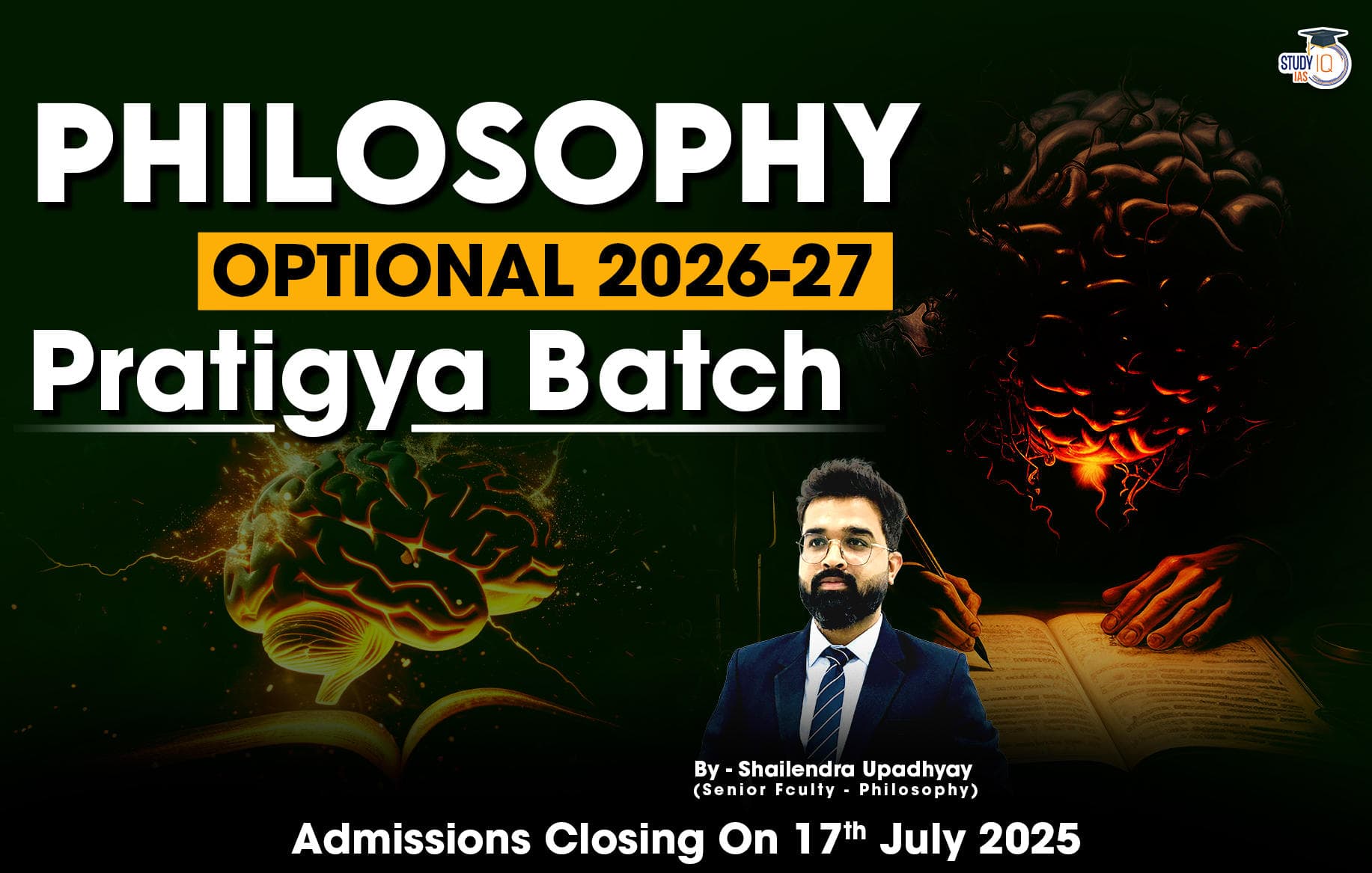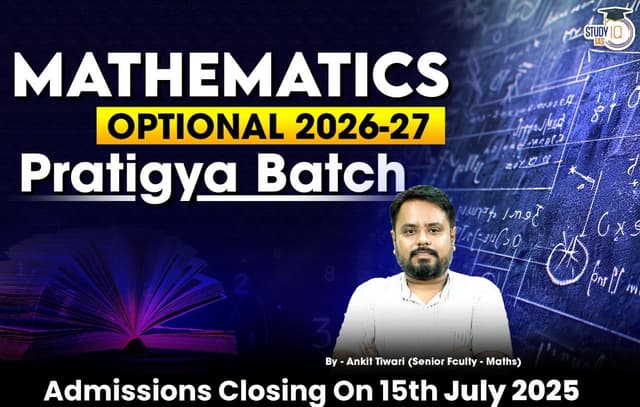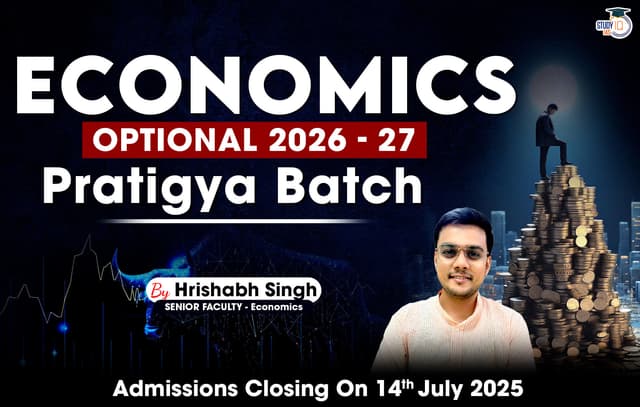Table of Contents
Context
The total expenditure by various political parties for the recent general election to the Lok Sabha in India was about ₹1,00,000 crores, according to the Centre for Media Studies (CMS).
Overview of Election Expenditure in India and the U.S.
- The upcoming U.S. presidential and Congressional elections in November 2024 are projected to cost approximately $16 billion (around ₹1,36,000 crores).
- In contrast, the total expenditure by various political parties for the recent general election to the Lok Sabha in India was about ₹1,00,000 crores, according to the Centre for Media Studies (CMS).
Legislation Governing Campaign Finance in India
- Representation of People Act, 1951:
- Candidates are required to maintain accounts of their election expenditures, but political parties do not have a similar obligation for promoting official programs.
- Political parties must disclose contributions exceeding ₹20,000 to income tax authorities and cannot accept donations from government companies or foreign sources.
- Election and Other Related Laws (Amendment) Act, 2003
- Introduced Section 29C, mandating political party treasurers to prepare annual financial reports detailing donations over ₹20,000.
- These reports must be submitted to the Election Commission before filing audited accounts with income tax authorities.
- Non-compliance results in disqualification from tax relief under the Income Tax Act.
- Other Legislations
- Companies Act, 1956: Limits corporate contributions to political parties to 5% of a company’s average net profits over the last three years.
- Foreign Contribution (Regulation) Act, 1976: Prohibits political organisations from receiving foreign contributions.
- Income Tax Act, 1961: Allows deductions for contributions to political parties and mandates annual audited accounts submission.
|
Election Expenditure Limits in India |
| ● For Lok Sabha:
○ ₹95 lakh per Lok Sabha constituency in larger States. ○ ₹75 lakh per Lok Sabha constituency in smaller States. ● For Legislative Assemblies: ○ ₹40 lakh for larger States. ₹28 lakh for smaller States. |
Challenges
- No cap on spending by Political Parties:
- No cap exists on political parties’ expenditures during elections.
- Reports reveal that the official expenditures declared by major parties, such as BJP (₹1,264 crores) and Congress (₹820 crores) for the 2019 elections, were significantly lower than actual spending estimates, which reached around ₹50,000 crores.
- According to a CMS report, approximately 35% of these funds were allocated to campaign activities, while 25% was unlawfully distributed among voters.
- Nexus and Barriers to Entry:
- The rising costs of electoral campaigns foster a problematic alliance between elected officials and donors seeking preferential treatment.
- This financial burden also serves as a significant barrier, preventing many well-intentioned individuals from entering the political arena due to a lack of resources.
Proposed Reforms
- Advocacy for State Funding:
- The Indrajit Gupta Committee (1998) and the Law Commission report (1999) have recommended state funding of elections.
- This would mean that the government partially covers election expenses for candidates nominated by recognized political parties. However, concerns remain regarding feasibility and implementation.
- Simultaneous Elections
- Simultaneous elections are proposed as a potential solution to rising election costs. While this approach may help reduce campaign expenditures, it faces challenges related to federalism and constitutional amendments.
- Moreover, without effective measures to curb illegal cash distribution among voters, simultaneous elections may not significantly impact overall election expenditures.
- Practical Steps for Electoral Reforms: The Election Commission’s report on proposed electoral reforms outlines several practical steps:
- Regulating Financial Assistance: Amend laws so that financial assistance from political parties to candidates falls within prescribed expenditure limits.
- Ceiling on Party Expenditures: Establish a ceiling on total party expenditures based on candidate limits multiplied by the number of candidates from that party contesting elections.
- Expediting Legal Processes: Appoint additional judges in High Courts for speedy disposal of election-related cases to deter violations of expenditure norms.

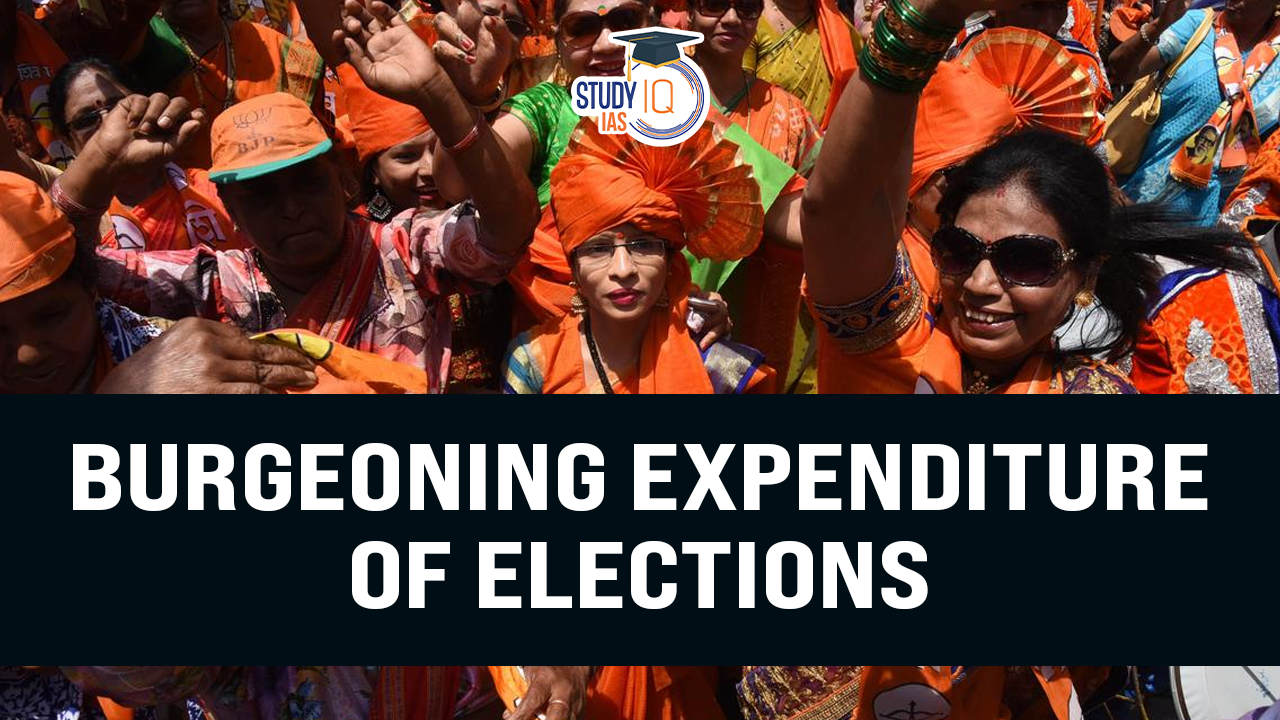
 World Day for International Justice 2025...
World Day for International Justice 2025...
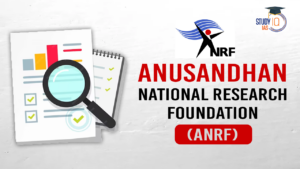 Anusandhan National Research Foundation ...
Anusandhan National Research Foundation ...
 Places in News for UPSC 2025 for Prelims...
Places in News for UPSC 2025 for Prelims...

